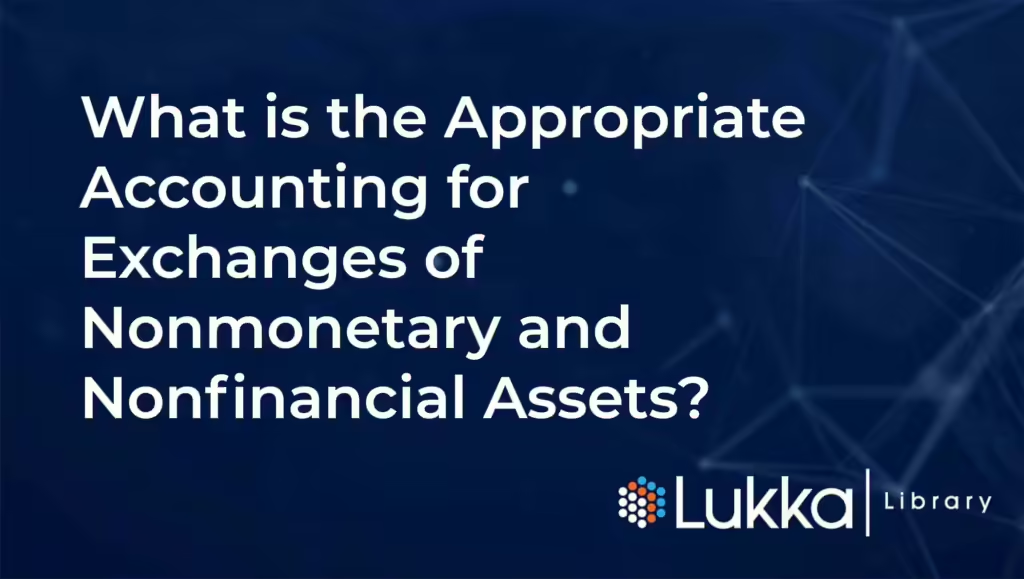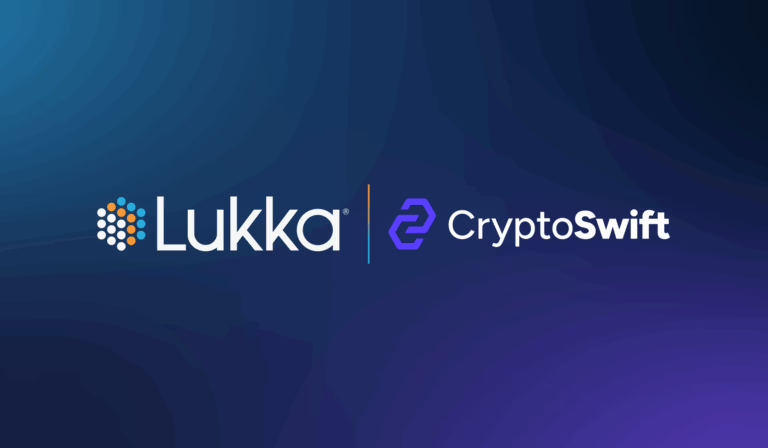Author: Written by Alexander J. Sannella, Ph.D., CPA; Professor of Accounting; Department of Accounting and Information Systems; Rutgers Business School; Newark, New Jersey.
The statements in this document should not be treated as legal, tax, or accounting advice. The document is intended to provide general information only. If a person would like such advice, they should seek professional advice with regard to their specific facts.
The statements in this document reflect guidance issued as of March 23, 2020.
FASB ASC 845 describes a nonmonetary transaction as an exchange or nonreciprocal transfer with minimal or no monetary assets or liabilities involved in the transaction. The event is considered nonmonetary even in those cases where there is an insignificant amount of cash included in a transaction. The new revenue recognition standards contained in FASB ASC 606 modified much of the guidance included in legacy ASC 845 but we may still need to rely on this standard when accounting for transactions with customers involving virtual currencies. This is due to the fact that under current practice, virtual currencies are classified as indefinite life intangible assets, nonmonetary asset. There is an added complexity. Virtual currencies are also considered nonfinancial assets, generally covered under ASC 610. ASC 610 was recently updated to conform with the derecognition provisions of ASC 606. The updated ASC 610-20 provides guidance regarding the scope of ASC 610 on the sale, transfer and derecognition of nonfinancial assets involving non-customers. However, inventory exchanges will probably remain in the scope of ASC 845 and the new revenue recognition standards provisions of ASC 606.
Both ASC 610-20 and ASC 606 define a customer as a “party that has contracted with an entity to obtain goods or services that are an output of the entity’s ordinary activities in exchange for consideration,” where ordinary activities are typically defined as “ongoing major or central operations.”
The accounting problem is to determine the applicability of either ASC 845 or ASC 610 to transactions involving virtual currencies. The “commercial substance” concept is critical to accounting for nonmonetary exchanges under ASC 845.
Commercial substance exists if the economic positions of the parties to the exchange are modified and there are changes to the expected cash flows from the use of the asset. In a nonmonetary exchange covered under ASC 845 that is considered to have commercial substance, the buyer derecognizes the assets given up and records the assets received. The new asset received is valued at the fair value of the assets given in the exchange, unless the fair value of the consideration received is more reasonably determined. The gain or loss is determined as the difference between the carrying value and the fair value of the asset given (or received in the exchange). Gains or losses are not recognized if the fair value of either asset is not reasonably determinable, if the transaction is designed to facilitate sales to customers, and if the exchange lacks commercial substance. However, all losses are generally recognized in practice due to conservatism.
In exchanges without commercial substance, no gain is recognized and the asset received is carried at the book value of the asset exchanged or given up. Economically, the unrecognized gain reduces the depreciation or amortization base of the new asset and as a result, future depreciation or amortization charges are lower, increasing reported income. This increased income effectively spreads the unrecognized gain over the life of the asset. If the asset is not depreciated (land) or amortized (indefinite life intangible assets), the gain would only be recognized on disposal or other means of derecognition.
If cash is received on a transaction lacking commercial substance, a partial gain can be recognized. The proportion of the gain recognized is based on the percentage of cash received to the total asset value received (i.e., cash plus the fair value of the new asset). When cash received represents 25% or more of the total fair value received, the total gain is recognized and results in the same accounting as an exchange with a commercial substance.
Nonmonetary transactions (ASC 845) would generally apply if the nonmonetary exchange involved entities in the same line of business for purposes of facilitating sales to customers or potential customers. This type of event is outside of the scope of ASC 610-20. If the buyer is a customer, then the revenue recognition provisions of ASC 606 apply.
Otherwise we apply ASC 610-20, which is consistent with ASC 606 as to when to derecognize the nonfinancial asset and the amount of the gain or loss to recognize when the nonfinancial asset is derecognized.
This means that ASC 610-20 will incorporate the same revenue recognition criteria when determining if a contract exists, the amount of consideration to include in the transaction, and the gain or loss computation, including any variable consideration, determining when control of a nonfinancial asset is obtained and the gain or loss is recognized. If it is established that a contract with a customer does not exist, then the nonfinancial asset would remain on the balance sheet, depreciated or amortized, and tested for impairment. Note again that the virtual currency is considered an indefinite life intangible asset and is not subject to amortization.
The gain or loss will not be recognized until all consideration is received and one of the following exists: (1) The entity has no remaining obligations to transfer goods or services and substantially all (or all) of the nonrefundable consideration has been received by the entity; or (2) The contract has been terminated and any consideration already received from the customer is nonrefundable, or the seller who has transferred control of the goods or services is no longer transferring the goods or services, has no obligation to transfer additional goods or services, and the consideration received is nonrefundable.


